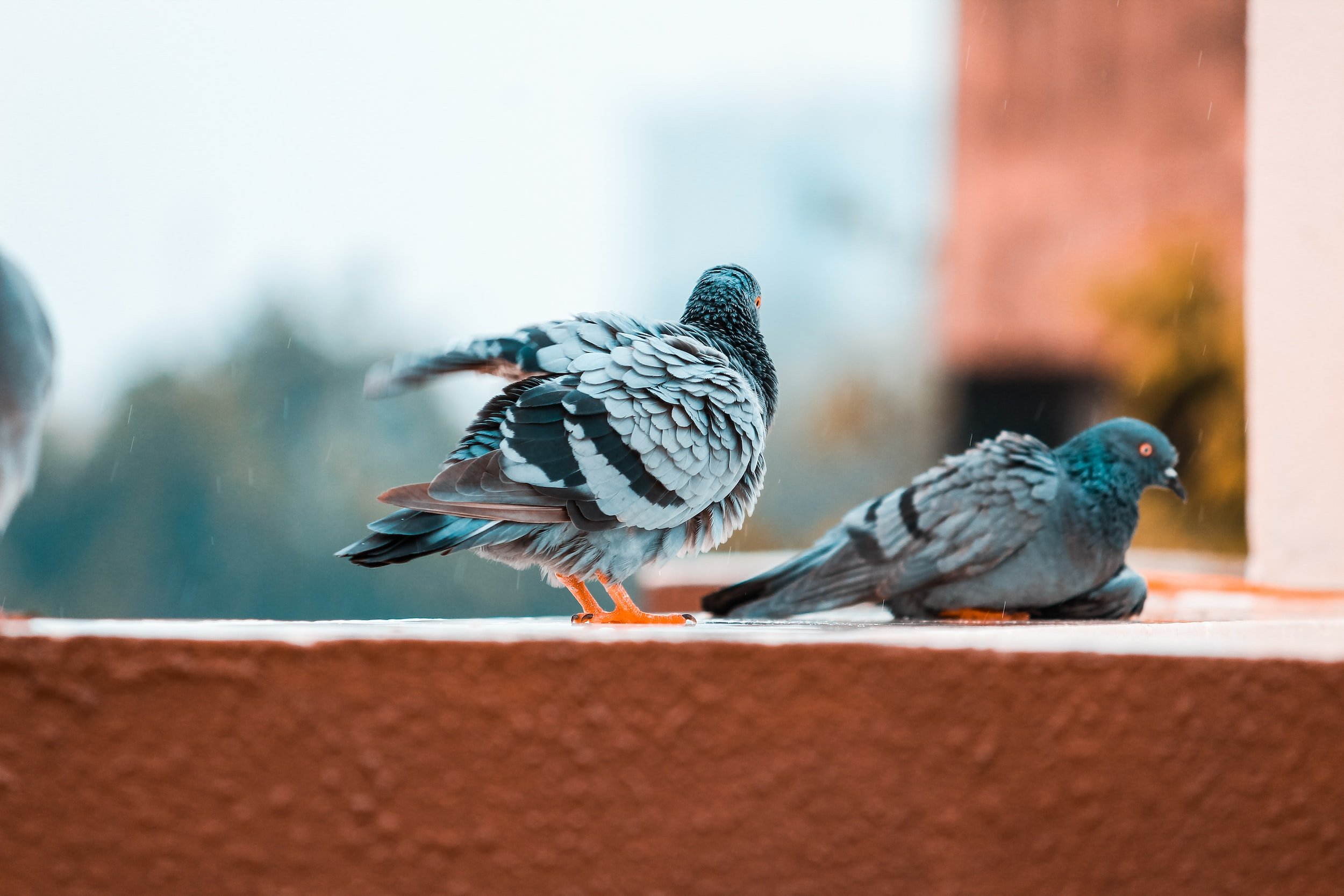In defence of pigeons
If you ask people why they like their favourite animal, they will tell you about the incredible things the creature can do, its relatable characteristics or its interesting looks. Few would be likely to cite the pigeon as theirs. Many people think of them as vermin rather than wildlife.
People’s utter disdain for feral pigeons breaks my heart. Sit in a park at lunchtime, anywhere in the world, and you’re almost certain to witness people lashing out at pigeons.
I see people stamping their feet and kicking as the birds weave in and out of their legs to snaffle leftover crumbs. But few people stop to think why there are pigeons under the bench they’re sitting on. We brought them into our cities, yet so many despise them. It hasn’t always been this way; we have a rich and long relationship with the humble pigeon.
Feral pigeons are the descendants of wild rock doves. We domesticated them centuries ago, for food and their supreme navigation skills. They thrive in our cities because our tall buildings and window ledges mimic their natural home; caves and cliffs. Our waste provides ample food.
People are enthusiastic about homing pigeons but there isn’t much difference between homing pigeons and feral pigeons. It just depends on whether they live in someone’s loft as a captive pigeon or the local town square.
Who are you calling bird-brained?
The homing abilities of pigeons are legendary. We are still learning about how amazing these birds are. They can do basic maths, on a par with monkeys, and can distinguish real words from made up ones.
Homing pigeons can find their way using smell, landmarks, Earth’s magnetic field and infrasound (sound waves with a frequency too low for humans to hear). They can also follow each other and are able to learn routes from one another. Feral pigeons generally mate for life, and they are very attentive parents. The adults produce a crop milk, which they gently drip-feed to their chicks.
Our fascination with their homing abilities continues today, with tens of thousands of pigeon races around the world every year. Pedigree winners sell for over £1 million.
Image problems
We have such disdain for the pigeons living amongst us in our towns and cities. But not so long ago we were fascinated with these creatures. In the mid-1800s we started to appreciate pigeons for their good looks. During this period, many new breeds emerged, including fantails, Jacobins, tumblers and barbs.
Their exaggerated features attracted the attention of Charles Darwin. He was a pigeon aficionado and used this dramatic example of diversity within a species to convey his ideas about natural selection in The Origin of Species. It is almost as if we have seen feral pigeons too often to appreciate their rainbow throat feathers and cute, plump bodies. These features would be prized in a rare species.
Warrior birds
Feral pigeons are true survivors. Having spent many hours observing pigeons in St James Park in London, I have seen them caked in oil, milk and human vomit. I have watched pigeons with one foot missing, both feet missing, with only one leg, or trapped in bits of litter. Yet they soldier on. The normal outpouring of sympathy towards animals in distress is absent for feral pigeons. Many people have told me that far from inspiring sympathy, pigeons’ battle scars only add to their dislike: the birds look “messy”. Feral pigeons are thought to be prone to losing toes and feet because human hair and netting tangles around them, cutting off the blood supply. They can also get their feet stuck in chewing gum. Our litter harms pigeons and then we treat them with contempt for the way it makes them look.
Feral pigeons are true survivors. Picture: Unsplash
Pigeons are some of the most decorated animals in history. No less than 32 pigeons have won the prestigious Dickin Medal, the animal equivalent of the Victoria Cross. Homing pigeons were used intensively during both the first and second world wars, to deliver vital messages between battalions and fly with cameras on for reconnaissance missions. Perhaps the most famous war pigeon is Cher Ami, who in 1918 was awarded the French Croix de guerre medal, for delivering messages from an encircled battalion under heavy fire. Cher Ami was shot through the breast, blinded in one eye, and his right leg was only hanging on by a tendon by the time he delivered his messages.
For many people, feral pigeons are some of the only wildlife they interact with on a regular basis. These interesting birds live right on our doorsteps. Next time you’re outdoors, give pigeons 30 seconds of your time. Watch them. Witness their intricate social interactions and see the tender moments between pairs as they preen each other and bring nesting material as gifts. However, if you really don’t want them around during your lunchbreak the best advice is: be a less messy eater.
This article is was first printed on August 8, 2022, in The Conversation. To see the original article, please visit https://theconversation.com

